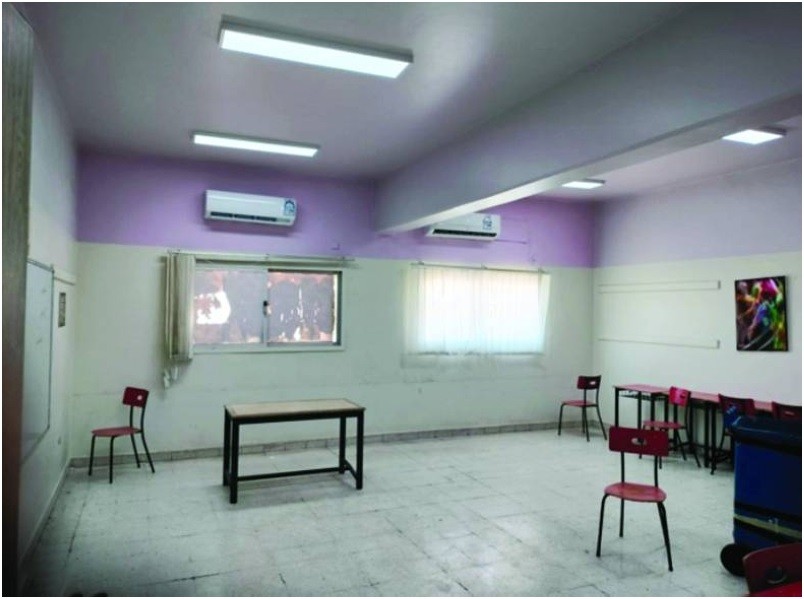13/08/2024
13/08/2024
School principals tackle facility needs ahead of new academic year

KUWAIT CITY, Aug 13: Around 900 school principals across all educational districts began their duties yesterday with the implementation of the "triple fingerprint" system as they prepared for the upcoming academic year. The principals assessed deficiencies in their schools and identified the needs of their facilities, laboratories, and classrooms. They are expected to submit detailed reports on these findings to their respective educational districts.
In coordination with the engineering affairs departments, the principals are monitoring various aspects, including air conditioning systems, the number of new units installed, the condition of sanitary facilities, floor and roof insulation, and overall school cleanliness. School cleaning operations are set to begin on Thursday, the 15th of this month, aligning with the start of the cleaning workers’ shifts.
Similarly, the General Administration of Private Education is overseeing the readiness of its Arab and foreign schools for the new academic year. It has distributed forms to school administrations to assess the school building's condition across five key areas: classrooms, educational facilities, the cafeteria, the clinic, and health facilities. School administrations are instructed to document any additional observations, with the forms requiring the signatures of both the school principal and assistant principal.
The readiness assessment includes specific criteria for each of the five areas. For classrooms, the focus is on the condition of the classroom itself, air conditioning, doors, windows, lighting, and furniture. Educational facilities are evaluated based on the state of science laboratories, studios, computer rooms, the library, prayer room, and gymnasium.
The cafeteria assessment covers the status of the license, permitted food items, price adherence, refrigerators, general cleanliness, and the condition of canteen workers. The school clinic evaluation includes the availability of medicines and raw materials, the functionality of primary medical devices, clinic records, and overall cleanliness.
Finally, the health facilities assessment is divided into two sections: drinking water and toilets. The drinking water section checks the presence and safety of filters, the condition of refrigerators, the validity of plumbing extensions, electrical systems, and cleanliness. The toilets section assesses doors, fans, sewage systems, plumbing extensions, and cleanliness.


